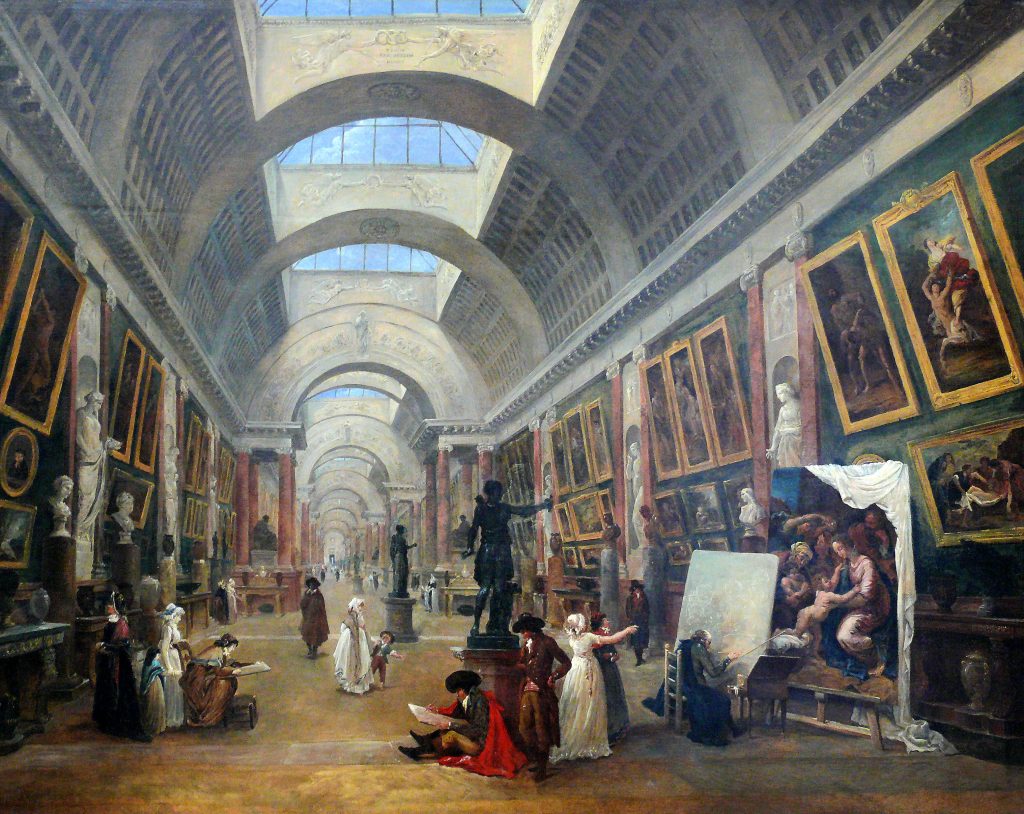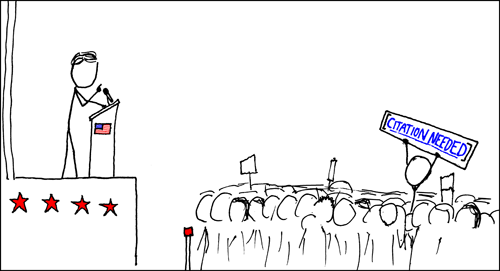The Initiative for Open Citations (I4OC) was publicly launched almost one year ago. To mark the progress that’s been made and to build new momentum, we are designating April 2018 Open Citations Month (hashtag #OpenCitationsMonth). We invite everyone with an interest in open scholarship to get involved so that we can get closer to the goal of 100% open citation data. Skip to the end of this announcement to find out what you can do.
Citations describe how one piece of published research builds on, or relates to, another. They are the links that tie scholarship together in a vast network of connections—a rich mine of information that can be used to explore the origins and evolution of ideas and spark new discoveries. But until I4OC started work, the vast majority of these data were not readily accessible.
The lightbulb moment happened after a talk I gave at the COASP conference in 2016. From there, a small group founded I4OC as a voluntary effort to work with publishers to coordinate the public release of citation data. When I4OC was announced a few months later, we were able to report that the proportion of references submitted to Crossref that were now available in the public domain had shifted from 1% to 40%. In the main, this was thanks to the swift action of a small number of large academic publishers.
One year on, the fraction of open citation data has now surpassed 50% and the number of participating publishers has risen to 490. There are over 500 million references now openly available. Of the top twenty biggest publishers with citation data, all but five now make these data open via Crossref. And there are almost fifty stakeholder organisations who have joined I4OC to help advocate and promote reuse of open citations. The initiative has attracted commentary and media coverage across the world.
Just as important as the release of the open references through the Crossref platform has been the rapid build-up of examples where these data are being reused. Here is a selection:
- Striking visualisations of open citation data have been produced by Nees Jan van Eck and Ludo Waltman at Leiden University.
- The recent launch of Dimensions from Digital Science illustrates how I4OC open references are being incorporated into commercial products that add value to the open data.
- EuropePMC has incorporated open citation data, so that free full-text research articles can be placed in the context of a network of over 300 million citations.
- Scholia: An open source tool to explore Wikidata’s scholarly data, e.g. via rich author profiles–is using open citation data to create interactive citation graphs and other visualizations of relationships between scholarly publications and their authors or topics.
- ScienceOpen: Another commercial service offering a network of scholarly information–is now enhanced with open citation data.
- The OpenCitations Corpus: An open repository of scholarly citation data encoded in RDF as Linked Open Data–makes regular use of the Crossref API to obtain metadata about citations.
This progress has been rapid and has been exciting to witness, but there is still a lot to do. First and foremost, we need to get closer to 100% open citation data. We have learned over the past year that the decision to make references open takes varying amounts of time for different publishers, and we have been in contact with many publishers who are yet to make the positive decision. We hope that the mounting evidence of access and reuse of citation data will soon convince them to make that decision and make public the reference lists from their published articles – essential metadata for open scholarship. In the so-called ‘post-truth’ era, the need for this rigorous and precious information could hardly be greater.
Here is a short list of actions that you can take. Please make a special effort this April:
- Publishers who aren’t making their references public yet—send an email to Crossref before the end of the month requesting them to make your references open. It’s that simple!
- Publishers who don’t yet deposit references with Crossref—contact Crossref to find out how to do this.
- Editors and editorial board members who work for journals where the references are not yet made public—contact your publisher and request this. Use this list to see whether your publisher is already making references open.
- Funders, institutions, companies, researchers, and all other users of open citation data: Write a short piece about your work and the benefits of open citation data for the I4OC website. Please contact info@i4oc.org.
Dario Taraborelli, Director, Head of Research
Wikimedia Foundation




